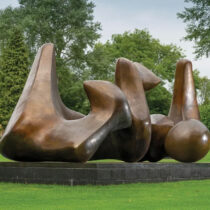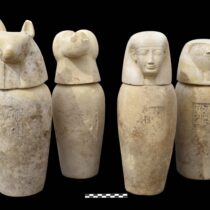Adolescence in ancient Athens had a dual significance, that of the physical maturity of a youth as well as the maturity of his personality that granted him the right to be enrolled as a citizen of the state. Therefore, the birth of the institution of adolescence has become a much researched topic by various sciences and an issue of controversy among scholars. Two quite different theories have prevailed so far. The first defines the year 335 BC as the starting point for millitary education. While the second accepts a much earlier date, undefined as yet, which in any case must be placed before the time of Epicrates. The eclectic presentation of the sound arguments supporting both theories along with our commentary has shown the inherent difficulties of those problem and has proven the superiority of the theory favouring the ancientness of the institution. The reader of this article will easily agree that the institution of epheboea (= adolescence) was born long before the notorious year 335 BC. and that the solidily of this conclusion relies on the following two decisive testimonies:
a. The orator Lycourgos’ statement that the oath of the Athenian ephebos has served as a model for a similar one, which was composed shortly before the battle of Plataeae.
b. All the information relevant to the orator Aeschines’ adolescence.
The aforementioned testimonies prove as most probable that the origin of the institution of adolescence is deeply rooted in Athenian history and that it dates centuries before the defeat of the Athenians at Chaeroneia.


